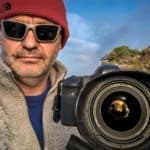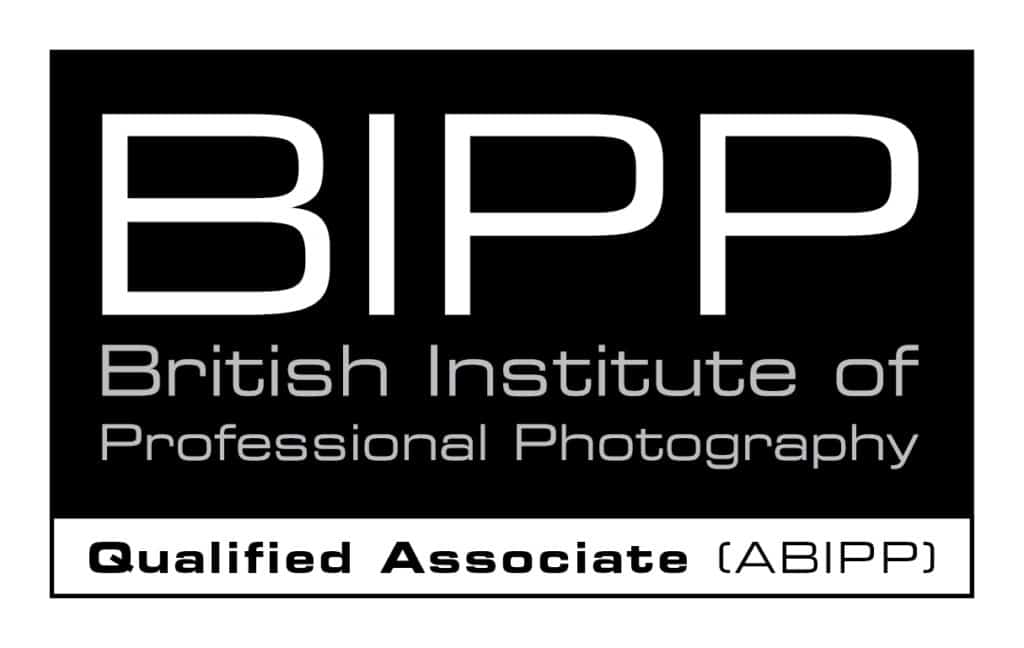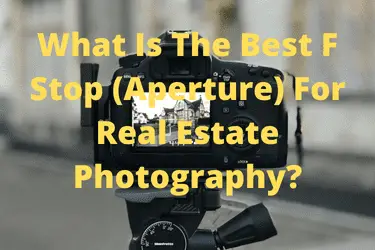I want to get very specific about the camera settings that you need to take the best real estate photos that you can.
The best F Stop (aperture) for general real estate photography is F8, or F11, depending on your specific camera lens. F8 and F11 will give you the highest image quality, and at the same time the correct depth of field to get everything nice and sharp in a photo.
And these are two things that we want in each and every photo that we take right?
OK – that was nice and simple wasn’t it. But there is lots more to this so stick with me as I explain this in full. After you have read this you will know why F8 or F11 are the go to F Stop (aperture) for you, and also when you need to use other F Stops (apertures).
What is an F Stop?
Well F Stop is a term used to describe the amount of light that gets through a camera lens to the camera sensor. F Stop is related to focal length. But as far as I am concerned F Stop and aperture are one and the same, so from now on I will refer to aperture only OK?
I know, it is one of those terms that can be confusing, so let’s keep it simple.
Is this really correct?
Well you could argue no, but using aperture instead of F Stop amounts to the same thing, being the value of the aperture setting on the camera lens that relates to how much light passes through to the sensor.
Strictly speaking F Stop takes account of both the opening dimension of the camera lens, and also the focal length used. I could go into this more, but it won’t help us.
If we got rid of the term F Stop and stuck with aperture I don’t think we would miss it. So from now on I will use the term aperture rather than F Stop.
The exposure triangle
Aperture is one of the three camera settings that make up the exposure triangle. The three settings are
- Aperture
- Shutter
- ISO
These three settings combine to create the exposure when you take a photo.
These terms are logical and conventional, and there is no use of the word F Stop here. Hopefully I have made the point and we can now crack on with this.
And before I do I will cover the best shutter speed and ISO settings in future blog posts.
Aperture defined
The aperture is the size of the opening in a camera lens that lets light pass through the lens to the camera sensor. We need to remember that the camera sensor is recording the light that reaches it and converting it into a digital photo. It does this by some electronic process way beyond my technical capabilities and understanding that I will not explain here. Or anywhere, ever.
But I can tell you this – you can adjust the size of the opening by changing the aperture which changes the amount of light passing through the camera lens to the sensor.
What actually is the aperture?
The aperture is built into a camera lens, and is made up of a series of interlocking metal (probably) blades that open and close when you change the aperture setting, letting more or less light in.
Maximum aperture
Now if we take my go to lens for real estate photography, the Canon 17-40mm F4 L lens, the maximum aperture is F4. At F4 the aperture is fully open.
So the lens opening is fully open, meaning that the most light gets through the lens to the camera sensor.
Whilst you might think that this is a good thing, not so. There is a loss of sharpness fully open that we do not want, especially in the corners.
Minimum aperture
The minimum aperture is F22. With F22 selected the opening in the lens is at its smallest.
Want to see this for yourself?
Select the minimum aperture on your camera lens, and if you have one press the depth of field preview button. Hey presto there is the aperture, normally only visible during the taking of a photo. And change the aperture to side open and watch it disappear!
This is the smallest lens opening, letting the minimum amount of light pass through the camera lens to the camera sensor.
At minimum aperture there are some lens errors, but much less than at maximum aperture. Well that is the case with my Canon 17-40mm lens.
Does the best aperture vary from lens to lens?
Yes. Each camera lens will have its own sweet spot, as we like to call it, but F8 and F11 are generally the best apertures on most camera lenses.
Check out reviews for your lens online, and if you really want to get into this check out DXO Mark, who confirm that F8 and F11 are the best aperture settings for my Canon 17-40mm lens.
Phew – glad that they did!
Why do lenses have errors?
Well camera lenses are doing a lot of work optically, and are not perfect. Life is just like that. So what I am talking about here is getting the best out of your camera lens. And mine of course.
This is important to know, and once you know what your best F Stop/ aperture are for your lens you will know that you are getting the highest quality, which is important of course.
Does the best aperture vary from camera type to camera type?
I am talking full frame cameras, cropped sensor cameras and micro four thirds cameras. And here it can get complicated.
But in a nutshell ( I love that term).
- No – the aperture is the aperture.
But
- You get a different depth of field at F8 (say) with a full frame camera, a cropped sensor camera and with a micro four thirds camera.
Does this really matter?
Yes it does. I want the highest quality with every photo that I take. I also want the correct depth of field. F8 and F11 give me both with my Canon 6D, a full frame camera.
So yes this really does matter.
What do I do?
I use F8, and if I need more depth of field I will use F11 or F16. I never use F4.
Depth of field?
Sorry I forgot about this. In very basic terms the depth of field is the amount of stuff in a photo that is sharp from front to back. The larger the aperture used, the less depth of field you get. The smaller the aperture the more depth of field you get.
And the wider the focal length the more depth of field you can get. The longer the focal length the less depth of field you can get.
Confusing I know.
But it’s ok – I use F8, which I know gives me a range of sharpness at 17mm from roughly 1.5m to infinity. Well I am shooting at 17mm which is very wide after all.
You can work this lot out for yourself – I use the Photopills app. This is a link to their website where you can find out all about this stuff and work out your own numbers.
Why not the other apertures?
Well I have explained about the errors at maximum aperture, and to a lesser extent minimum aperture. I don’t want to go into this in too much detail here, the point is what is the best aperture for real estate photography (and not what is the worst aperture for real estate photography).
But there will be times when you want to pick out a detail and blur other stuff – this is when you will want to use F4, to get the minimum depth of field. The good news is that in doing this the errors built into the lens are less noticeable anyway.
But I do not do this myself. If I am after a detail I will probably swap to my 70-200 lens.
Some other things
I am talking here about taking photos with conventional DSLR or mirrorless cameras. I am not saying that F8 is the best aperture on a medium format camera ok? Nor with a phone. You get the point…
Summary
Well I hope that I have explained this, and that you now understand why F8 or F11 are the best F Stops, or apertures, for general real estate photography.
Phew, glad I got that one out of the way!
Related reading
There is lots of related stuff on my website, but the best place to go for my real estate photography stuff is my, erm, Real Estate Photography page.
I know, this all makes sense….
Related viewing
You can watch the video on my You Tube Channel by clicking this link.
Thanks for reading this post, any questions get in touch. Cheers from me Rick



